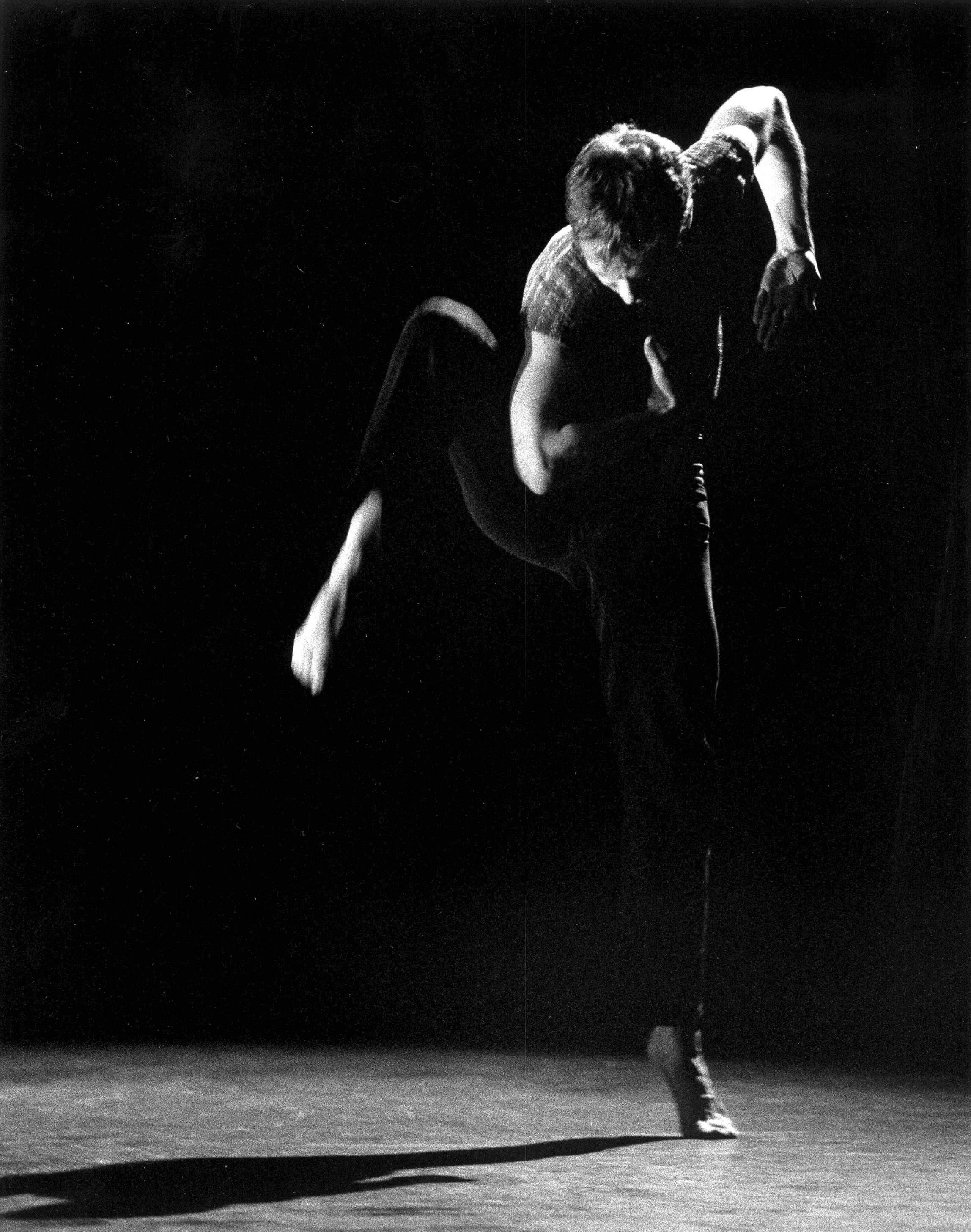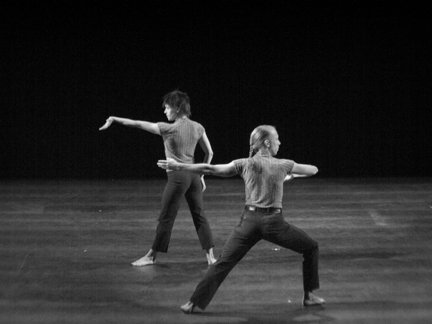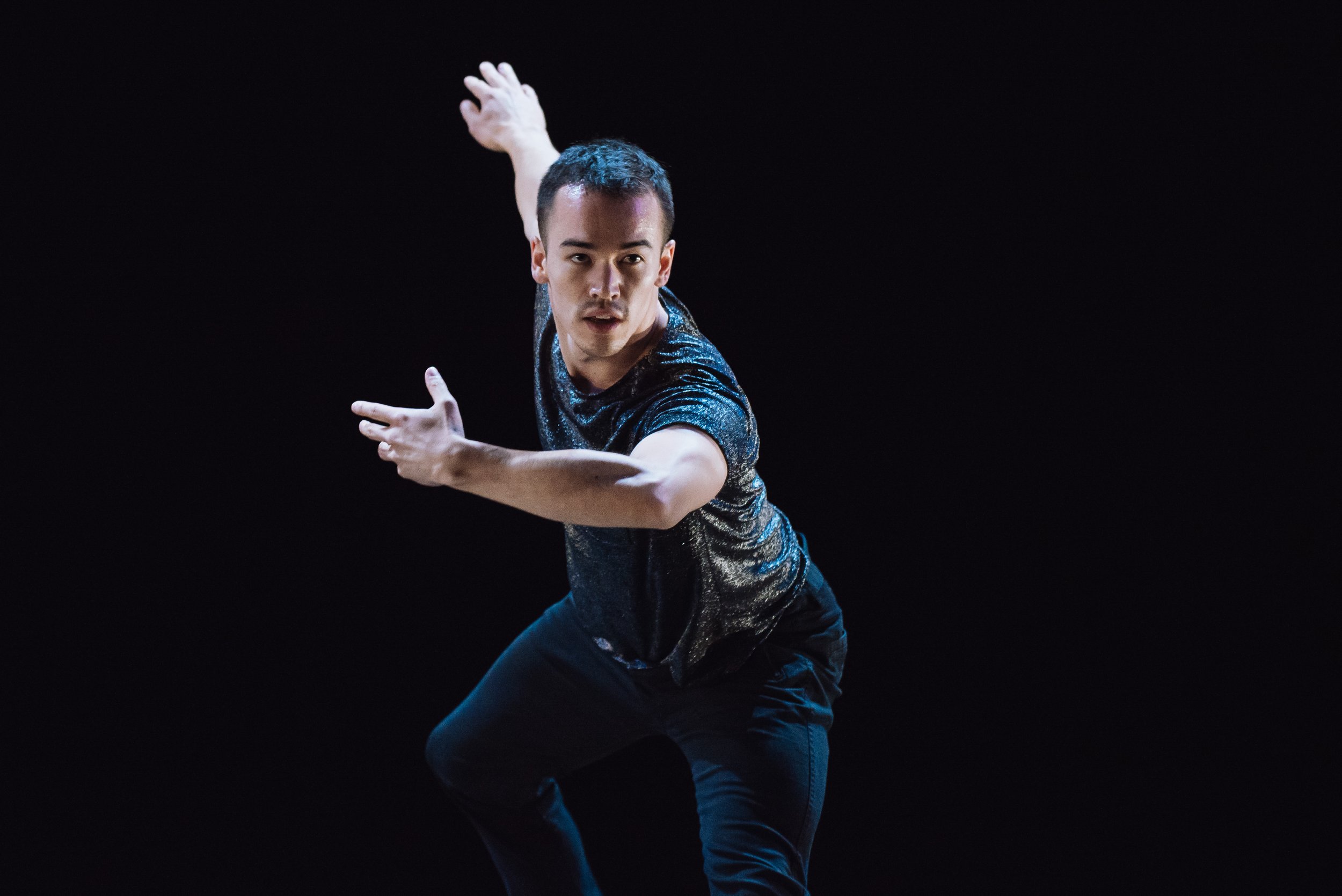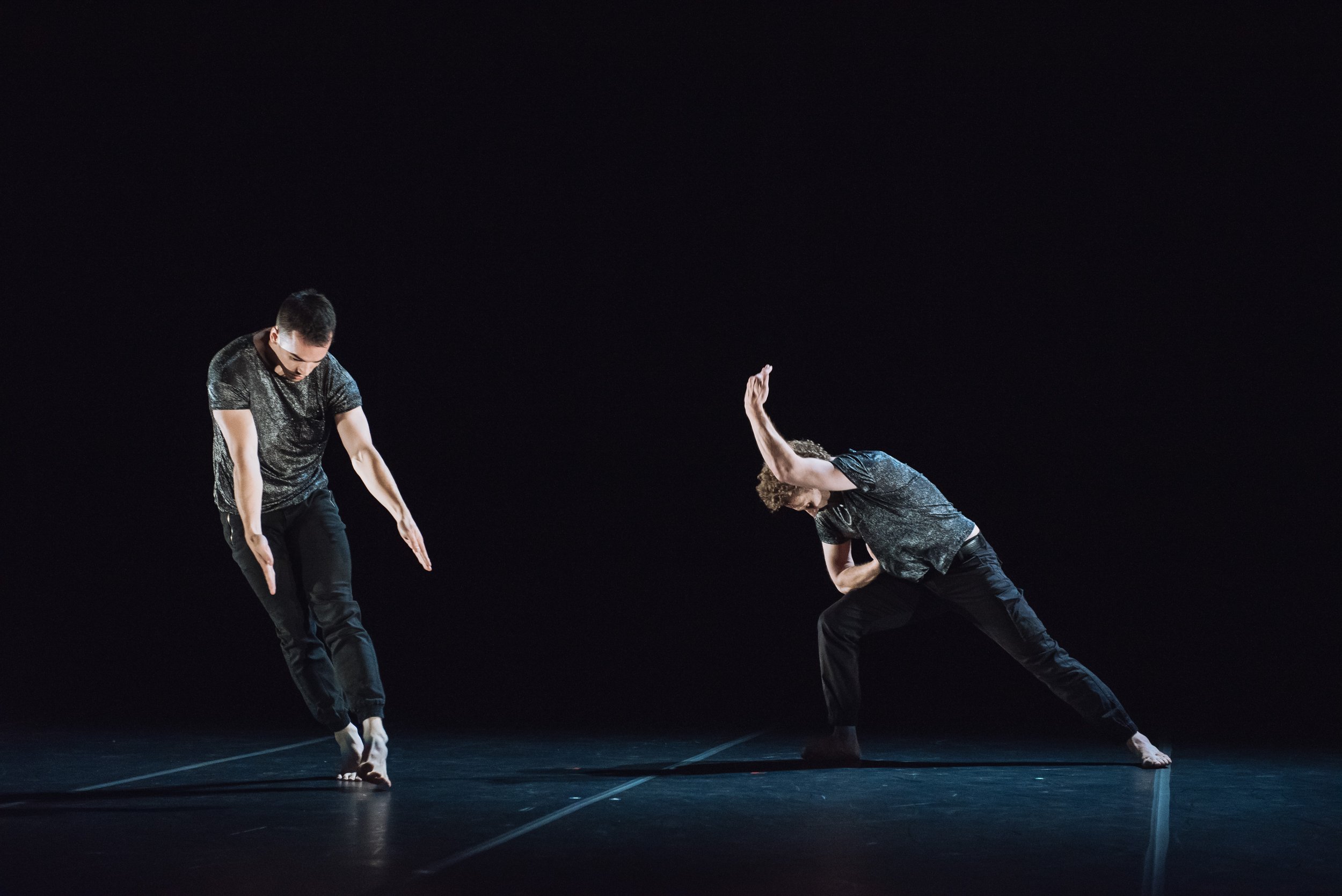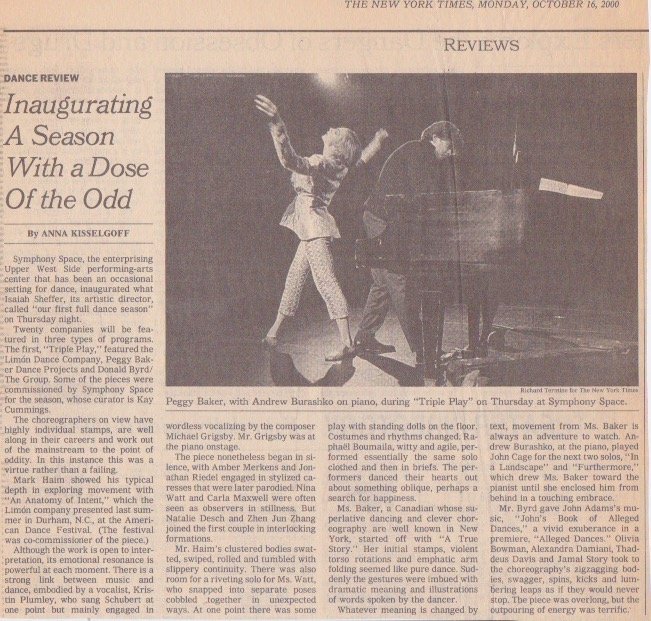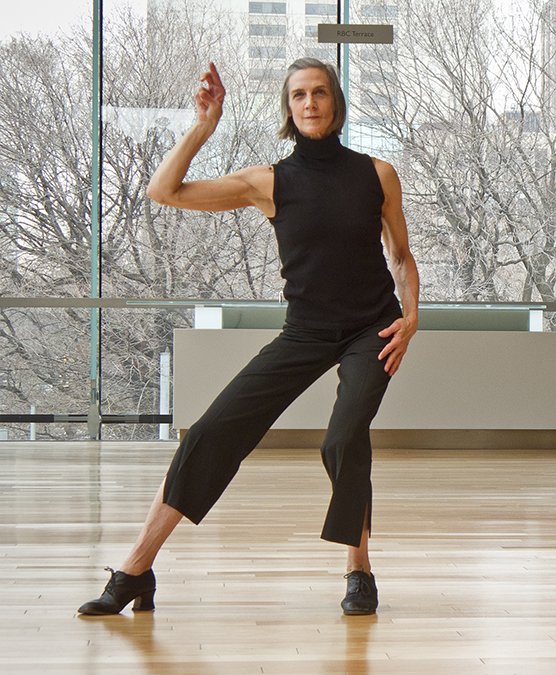Cirrus (1997/2000)
/A faculty member of The Juilliard School since 1995, Irene Dowd has been a foundational presence in Peggy Baker’s dance life, providing neuromuscular training and creating Cirrus on and for Peggy in 1997. Peggy explains:
“It’s beautiful to think back to this brief and exquisite dance, choreographed by my dear friend and cherished mentor Irene Dowd. Beginning in 1985 – and continuing over the next two decades – Irene guided me in discovering the inner landscape of my body, in all its mystery and magnificence, through an evolving movement practice grounded in functional anatomy.
In 1997 we shifted our focus to a dance choreographed for me by Irene. In a recent exchange of memories around our process, Irene remembers being under the sway of two important paintings by her late husband, Charles Stokes – the dazzling and rhapsodic Perpetua (which he was just completing) and the labyrinthine Inner Temple (which was newly underway).
Irene titled the dance Cirrus, as she felt the definition – “a tendril, a long thread-like organ by which a plant climbs; a light fleecy cloud at a high elevation” – sounded as though it was describing the movement. We had created in silence, but once the work was completed, I suggested dancing it with a John Cage work titled Dream. I didn’t have a chance to perform Cirrus until 2000, when it premiered as part of an evening titled Interior View. Irene allowed me to finish her dance by reaching my hand to the piano on the last note. No photographs of this dance exist, so it remains a treasured memory.” PB
To see an example of Irene’s approach to teaching functional anatomy through choreography, visit her website here.
To learn more about artist Charles Stokes, visit SeattleArtResource here.
Photo of Irene Dowd by Matthew Karas.



